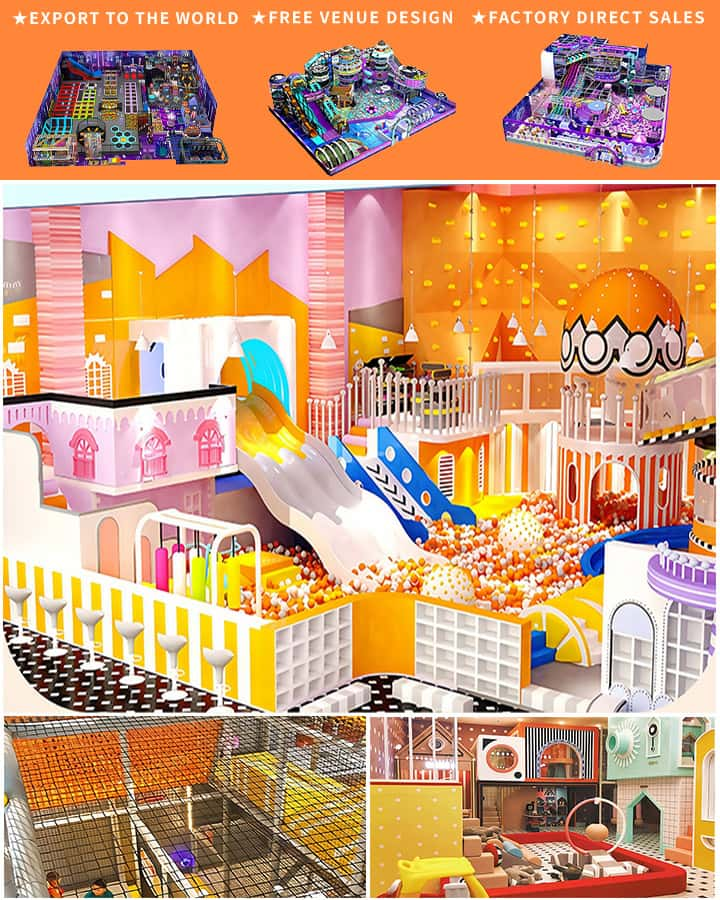When it comes to designing and maintaining playgrounds, safety is the top priority. One crucial element that significantly impacts safety is the choice of surface material under playground equipment. Selecting the right type of surface can greatly reduce the risk of injuries from falls, making playtime safer for children. Here, we discuss what makes a surface safe for playground use and explore some of the best options available.
Importance of a Safe Playground Surface
Playground surfaces serve as a cushion to absorb the impact when children inevitably fall. The right material can help prevent serious injuries such as fractures, concussions, and abrasions. A safe playground surface should be:
- Impact-Absorbent: It should have the ability to absorb shock to minimize injury.
- Durable: It must withstand heavy use over time without degrading.
- Non-Toxic: Materials should be free from harmful chemicals to ensure child safety.
- Non-Slip: The surface should offer adequate grip to reduce slips and falls.
- Accessible: It should be suitable for children of all abilities, including those in wheelchairs.
Top Safe Surface Options
- Poured Rubber (Wet Pour) Poured rubber is widely regarded as one of the safest playground surfaces. Made from recycled rubber tires mixed with binding agents, it is installed as a liquid and then cures into a durable, impact-absorbent mat.
Benefits:
- Excellent impact absorption
- Durable and long-lasting
- Non-toxic once cured
- Customizable colors and patterns

Drawbacks:
- Can get hot in direct sunlight
- May require professional installation
- Rubber Mulch Rubber mulch consists of shredded recycled rubber applied on top of a base layer of soil or sand. It’s a popular, cost-effective option for playgrounds.
Benefits:
- Good impact absorption
- Cost-effective compared to other materials
- Non-toxic and environmentally friendly
Drawbacks:
- May require more frequent maintenance
- Can shift over time and create uneven surfaces
- Potential for small particles causing tripping hazards
- Synthetic Turf with Shock Pads Synthetic turf combined with shock pads offers a natural-looking alternative that is highly effective at cushioning falls. The shock pads are made from materials like foam or rubber.
Benefits:
- Visually appealing and mimics real grass
- Good impact absorption with proper installation
- Low maintenance and easy to clean
Drawbacks:
- Higher initial cost compared to other materials
- Installation requires careful attention to quality
- May become hot in direct sunlight
- Wood Fiber Mulch Wood fiber mulch is made from ground-up wood, usually sourced from hardwoods. It provides a soft landing surface and has a natural appearance.
Benefits:
- Good impact absorption
- Natural and visually pleasing
- Renewable resource
Drawbacks:
- Requires regular replenishment and maintenance
- Can harbor bacteria and pests if not properly managed
- Not as resilient in wet conditions
Conclusion
Choosing the right surface material for playground equipment is vital in ensuring the safety of children during play. Each type of surface has its own set of advantages and disadvantages, so it’s important to weigh these factors based on specific needs and circumstances. Poured rubber stands out as a top contender due to its excellent impact absorption and durability. However, alternatives like rubber mulch, synthetic turf with shock pads, and wood fiber mulch also provide viable options depending on budget, aesthetic preferences, and maintenance capabilities. By prioritizing safety and selecting an appropriate surface, playgrounds can continue to be enjoyable spaces where children can play safely and freely.




